
The digital shelf is an essential element of eCommerce success. Read this blog to learn what it is and how to enhance yours to boost sales.
You may not have thought about it before, but a store shelf is a pretty big part of the in-person shopping experience. This is the place where customers browse various options, learn information about products, review the available selection, and ultimately choose something to buy.
Of course, we’re living in an increasingly online world in which eCommerce retail purchases are expected to rise from 14.1% to 22% of all purchases in 2023. Which begs the question, “What is the online shopping equivalent of the store shelf?”
The answer, fittingly, is the digital shelf. For eCommerce businesses, understanding what the digital shelf is, and optimizing it for sales, is key to competitive advantage and success.
In this blog, we’ll explore everything you need to know about the digital shelf, including what it is, why it matters, and how to use yours to help boost your company’s revenue.
Understanding the digital shelf
The digital shelf is the environment an online product appears in. Unlike a physical shelf, a digital shelf is much more expansive than a single piece of wood or plastic. Instead, a digital shelf comprises every digital touchpoint where a product is displayed and may be discovered or looked at by customers.
Consumers will use the digital shelf to encounter, explore, and ultimately choose products for purchase, making it play a huge role in the online sales process. For nearly everything they buy online, customers will lean on the digital shelf to compare products, read reviews, evaluate options, and ultimately make an informed purchase decision.
As such, understanding and optimizing the digital shelf is crucial for ecommerce businesses, as it directly affects visibility, brand perception, and conversion rates.
Elements of the digital shelf
Some of the elements of the digital shelf include the following.
Product listings
An example of a product listing
Product listings are the detailed information and specifications of products displayed on the digital shelf that help customers understand the offerings, compare options, and make informed purchase decisions. These listings typically include essential details such as product names, categories, variations (sizes, colors, etc.), and key features.
In product listings, it’s important to strive to be:
- Clear: First and foremost, product listings should help consumers understand more about a product. If they walk away with any questions or confusion, it’s a sign the listing isn’t working.
- Comprehensive: A product listing is like a product’s encyclopedia entry. This is the place to go over all of the details and answer any questions a customer could possibly have.
- Convincing: Your product listing doesn’t only have to be informative. This is also the place to sing your product’s praises, showing consumers why they’d want to buy it.
Product images

Best Buy’s product images for an electric juicer
Product images play a crucial role in the digital shelf by visually showcasing the products. Since online customers can’t touch and feel a product, the product image is the opportunity to convey everything they need to know. High-quality and visually appealing images help customers get a better understanding of the product’s appearance, design, and overall aesthetics. Compelling product images can grab attention, create desire, and increase the likelihood of customers exploring further and making a purchase.
Product descriptions
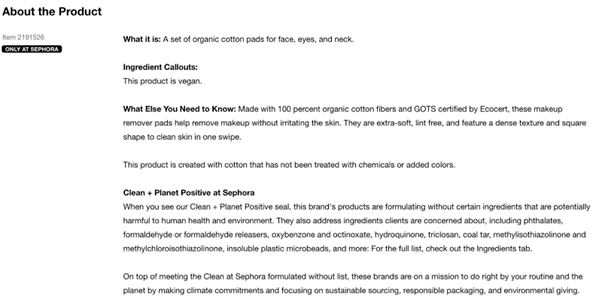
An example of a product description
Product descriptions provide written details about the product, highlighting its features, benefits, and unique selling points. Well-crafted product descriptions effectively communicate the value proposition of the product, address customer needs, and overcome potential objections. Engaging and informative descriptions contribute to customer confidence and positively impact purchase decisions.
Consumer reviews
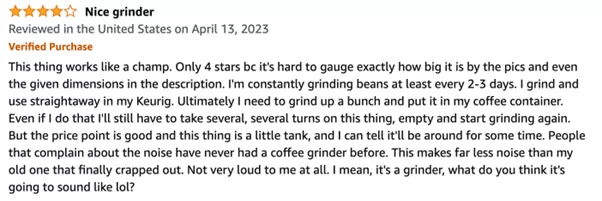
An example of a customer review and rating
Consumer reviews are feedback and opinions shared by customers who have previously purchased and used the product. These reviews offer valuable insights into the product’s quality, performance, and overall customer satisfaction. Positive reviews can build trust, credibility, and social proof, influencing potential customers to choose a product. On the other hand, negative reviews highlight areas for improvement and allow businesses to address customer concerns.
Customer ratings
Customer ratings are numerical or star-based evaluations that customers assign to products based on their satisfaction or experience. These ratings provide a quick and easily digestible summary of overall product quality and customer satisfaction. Higher ratings signal a favorable perception of the product, while lower ratings may indicate potential issues that need attention.
Pricing information
Pricing information, including three different pricing options
Pricing information includes the cost of the product and any associated discounts or promotions. Clear and transparent pricing information is essential for customers to evaluate the product’s value and make purchase decisions accordingly. It helps customers understand the affordability and competitiveness of the product within the market.
Online search results

An example of an online search result
Online search results refer to the listings and rankings of products that appear when customers search for specific keywords or phrases. Appearing prominently in search results is crucial for product visibility and attracting potential customers. Optimizing product content, keywords, and search engine optimization (SEO) strategies can improve search rankings and increase the chances of being discovered on the digital shelf.
The value of an optimized digital shelf
Having an optimized digital shelf holds immense value for ecommerce businesses. By strategically managing and enhancing the various elements of the digital shelf, businesses can unlock several key benefits that directly impact their success in the competitive online marketplace. These include:
- Increased visibility: When products are well-positioned, with clear and compelling product listings, high-quality images, and relevant keywords, they are more likely to appear prominently in search results. This visibility not only drives more traffic to the product pages but also increases the chances of capturing the attention of potential customers.
- Improved brand perception: When products are presented with appealing images, engaging descriptions, and positive consumer reviews, it creates a positive impression of the brand and instills trust in potential customers. Positive reviews and high ratings act as social proof, validating the quality and reliability of the products, thereby enhancing the brand’s reputation.
- Higher conversion rates: When customers find the product information they need quickly and easily, supported by positive reviews and ratings, they are more likely to proceed with their purchase decisions. A seamless and well-optimized digital shelf ensures a smooth customer journey, reducing friction and increasing the likelihood of completing transactions.
- Competitive advantage: By closely monitoring and analyzing customer feedback, businesses can identify areas for improvement and take proactive steps to address any issues. This continuous optimization and responsiveness to customer needs allow businesses to stay ahead of competitors, differentiate their offerings, and deliver an exceptional customer experience.
Tips and tools for optimizing the digital shelf
Optimizing the digital shelf is an ongoing process that requires continuous monitoring, analysis, and adaptation based on customer feedback and market trends. The following tips can help any ecommerce business win the digital shelf to drive better results and stay ahead in the highly competitive online marketplace.
- Leverage data-driven insights: Digital shelf analytics tools to gain valuable insights into customer preferences, behavior, and sentiment. Analyzing data related to product performance, customer reviews, and ratings can help identify areas for improvement and guide optimization efforts. Revuze offers automated review analysis and sentiment detection, enabling businesses to easily extract actionable insights from customer feedback.
- Optimize product listings: Craft informative and compelling product listings that highlight key features, benefits, and unique selling points. Use relevant keywords and optimize content for search engines to improve visibility.
- Enhance product images: Invest in high-quality product images that accurately showcase the product from various angles and perspectives. Ensure images are visually appealing, properly sized, and optimized for fast loading.
- Encourage customer reviews: Actively encourage customers to leave reviews and ratings after purchasing a product. Implement review request emails or incentives to motivate customers to share their experiences. Positive reviews and high ratings not only boost credibility but also influence potential customers.
- Monitor competitor activity: Keep a close eye on competitor products and strategies. Analyze their digital shelf presentation, pricing, and customer feedback. Identify gaps or opportunities where your own digital shelf can be optimized and differentiated. Tools like Revuze can provide insights into competitor performance and online presence.
Wrapping it up
Ecommerce businesses are lucky. Compared to the physical shelf, the digital shelf is more robust and features many more elements, giving companies plenty of opportunities to drive sales and gain a competitive advantage. By understanding the digital shelf, and taking steps to enhance yours using the right tools, your business will be able to provide consumers with all of the information and reasoning they need to choose and buy your products.
 All
Articles
All
Articles Email
Analytics
Email
Analytics





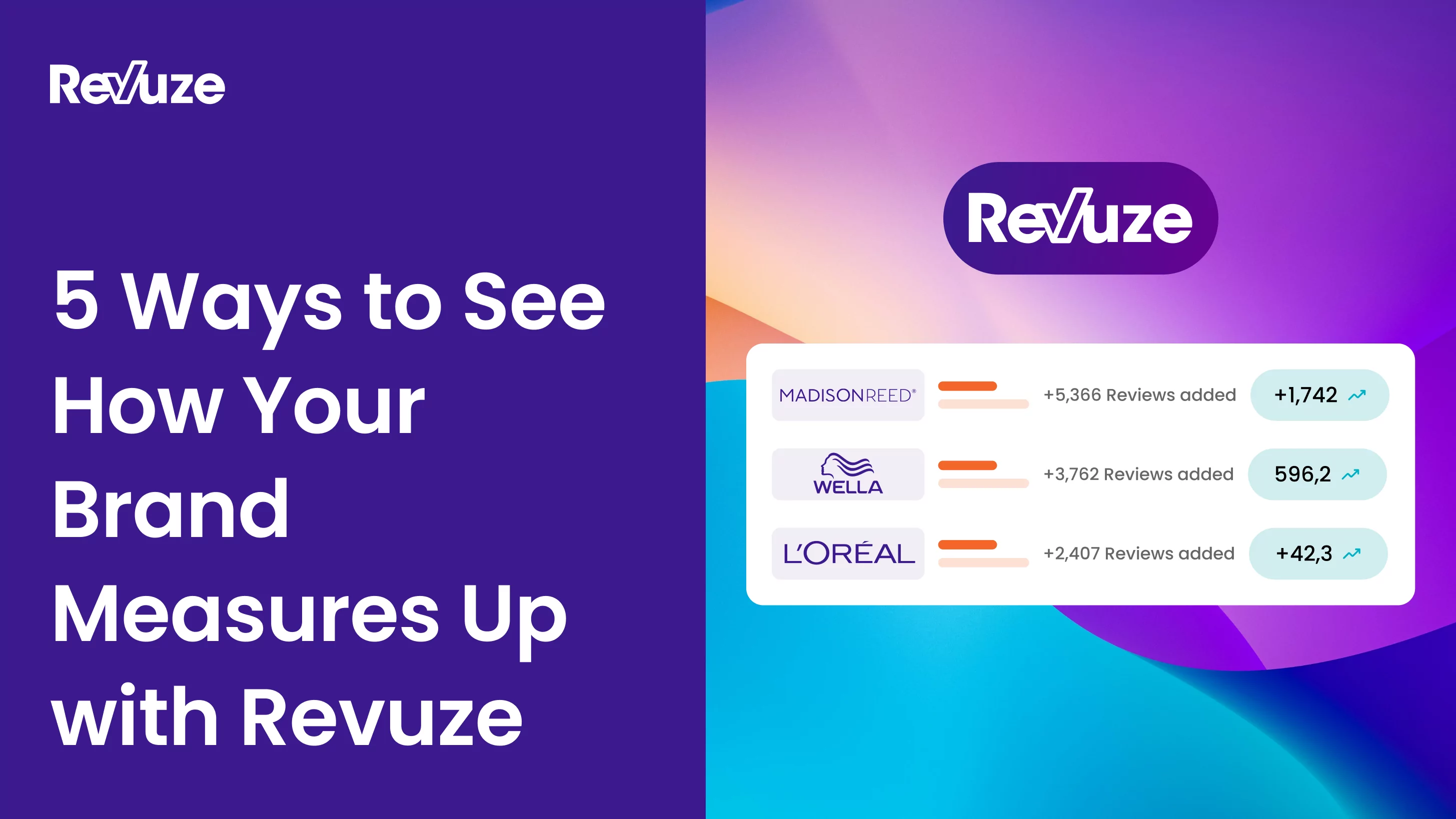
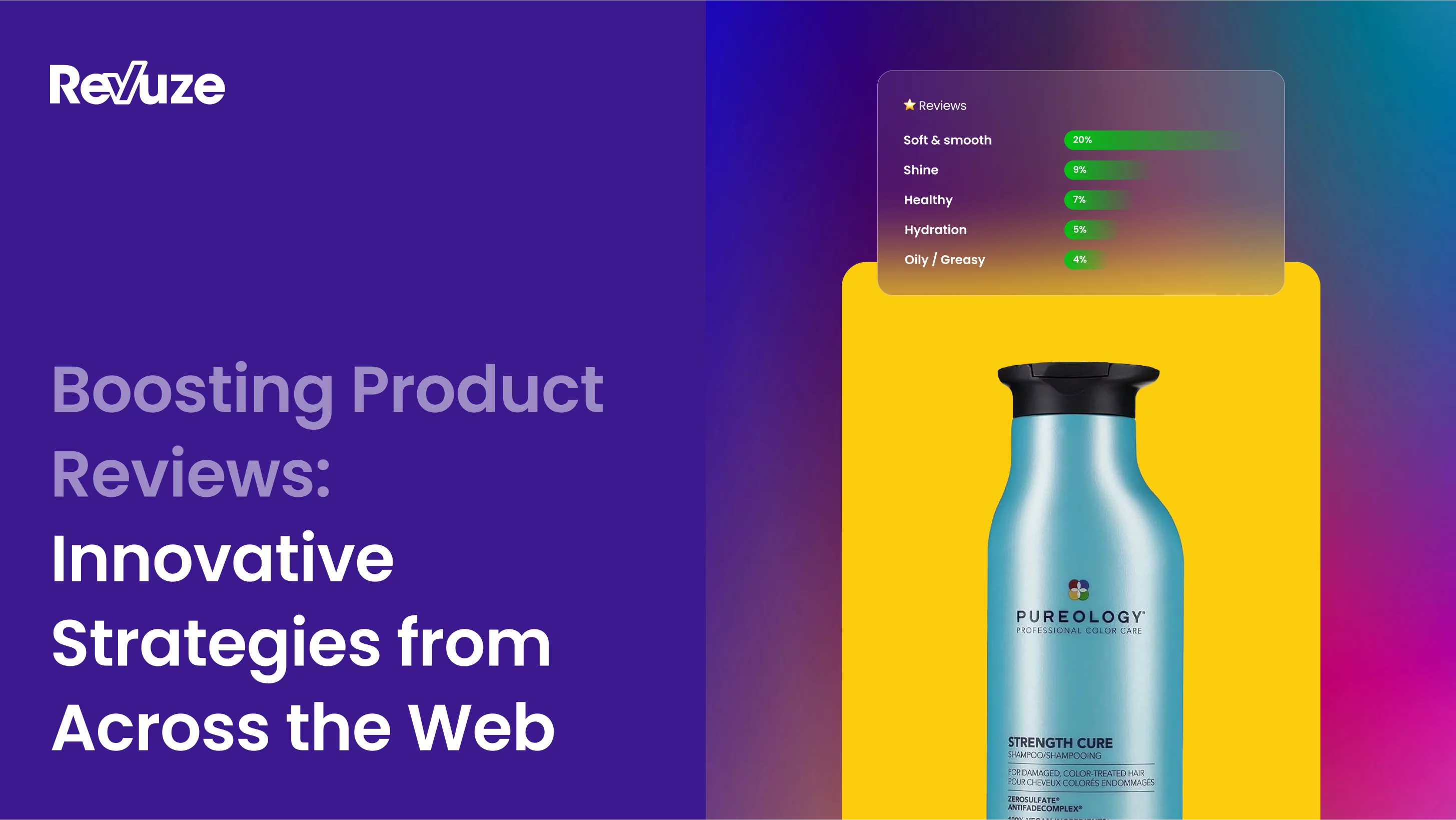
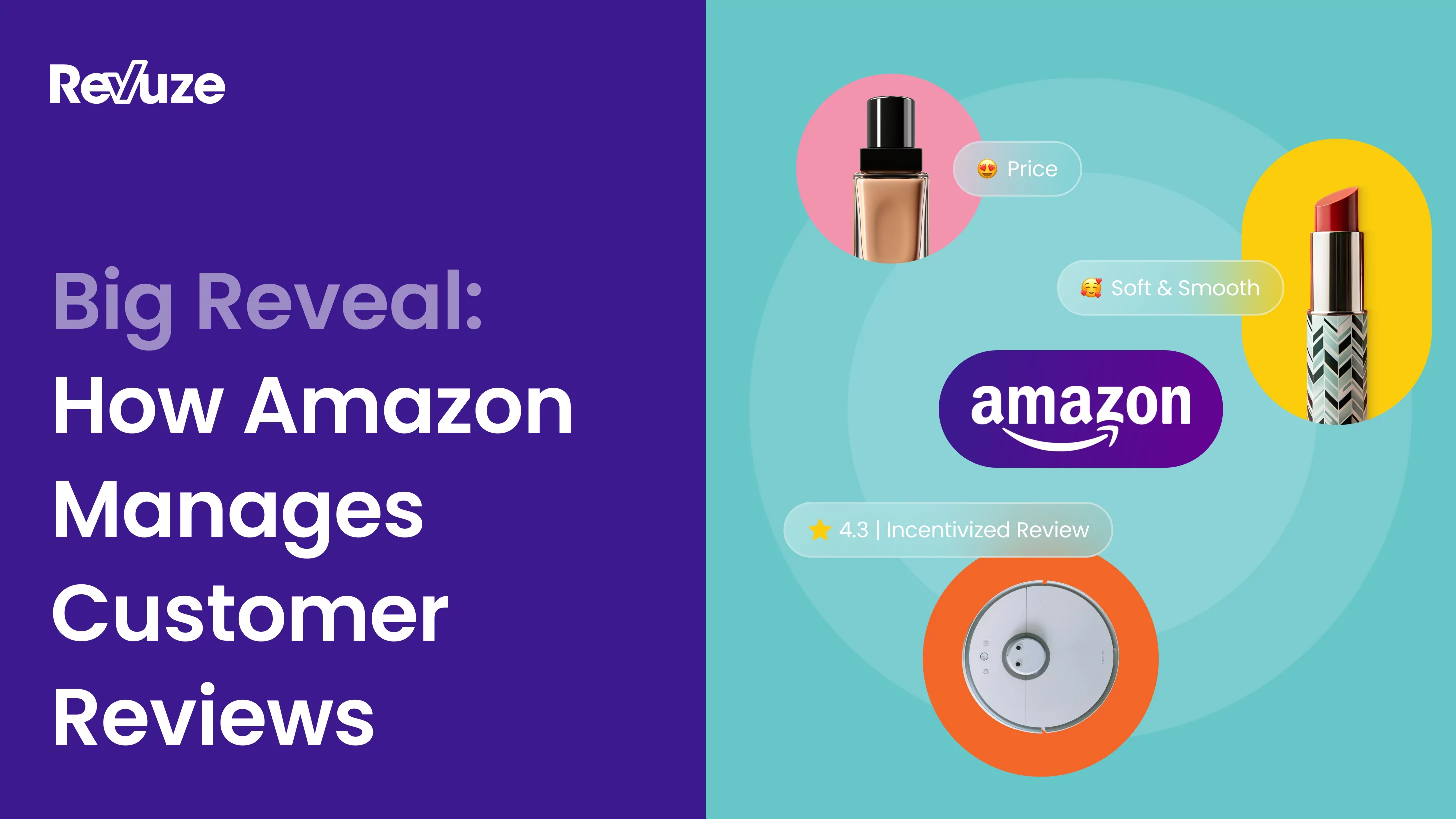
 Agencies
Insights
Agencies
Insights